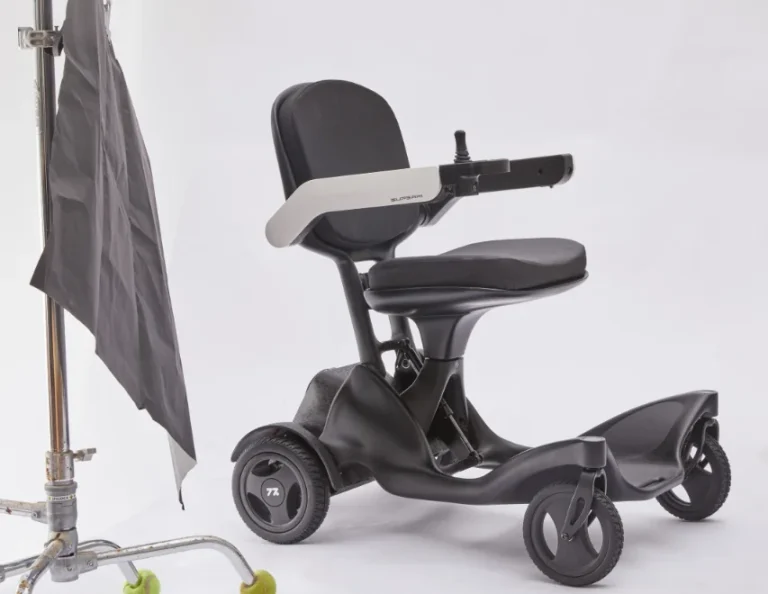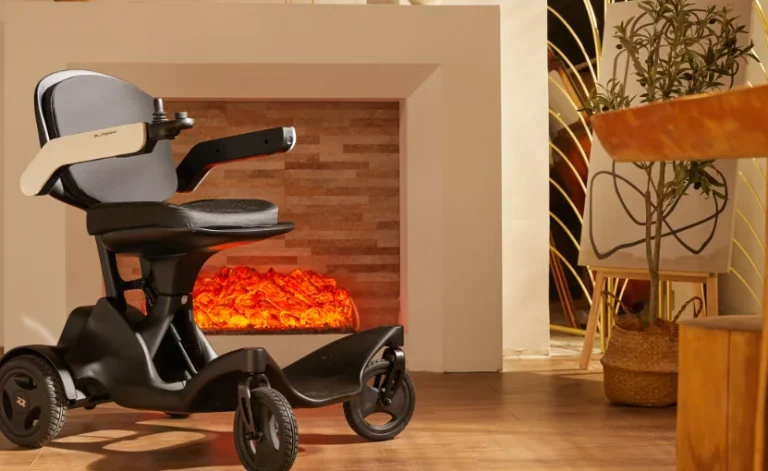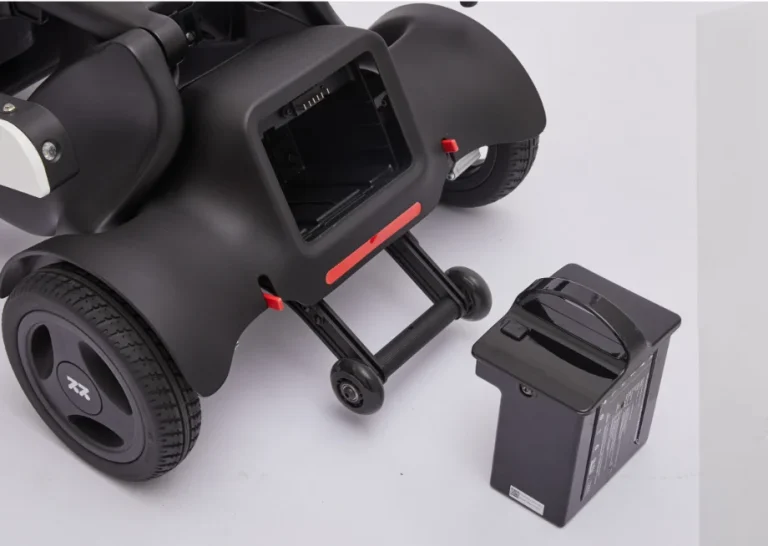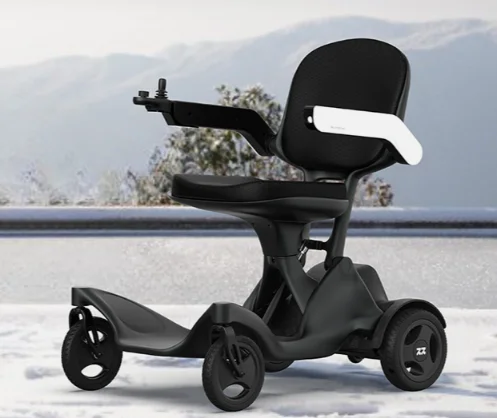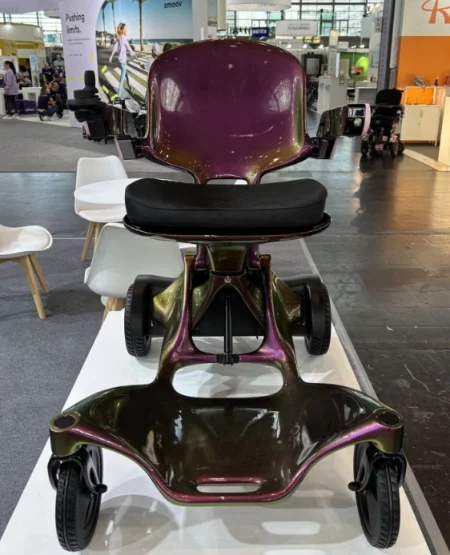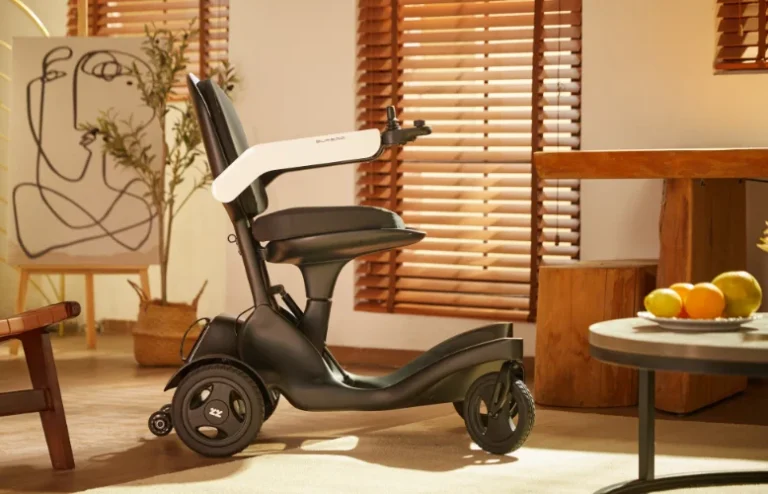Mobility scooters have become an essential tool for many elderly individuals, offering independence and ease of movement in daily life. These devices rely heavily on their batteries, which power the motor and other electrical components. However, questions about battery range—how far a scooter can travel on a single charge—and charging issues are among the most common concerns for users. This comprehensive guide explores the factors affecting battery performance, addresses frequent problems, and provides solutions to ensure your mobility scooter remains a reliable companion. Whether you are a new user or seeking to maximize the lifespan of an existing device, this article offers detailed insights into battery range and charging maintenance.Introduction to Mobility Scooters and Their BatteriesMobility scooters are designed to assist elderly individuals or those with limited mobility in navigating their surroundings. Unlike traditional wheelchairs, these scooters feature a seat, handlebars, and a battery-powered motor, making them suitable for both indoor and outdoor use. The battery is the heart of the scooter, determining its range, speed, and overall usability. Understanding how batteries function, their limitations, and the best practices for maintenance can significantly enhance the user experience.Most mobility scooters use one of three primary battery types: Sealed Lead Acid (SLA), Gel Cell, or Lithium-Ion (Li-Ion). Each type has distinct characteristics that influence range and charging requirements. SLA batteries, often the most affordable option, are widely used but have a shorter lifespan and heavier weight. Gel Cell batteries, a subset of SLA, offer improved durability and are less prone to leakage. Lithium-Ion batteries, while more expensive, provide longer range, lighter weight, and a longer lifespan, making them increasingly popular among modern scooter designs.The range of a mobility scooter typically varies between 8 and 25 miles on a single charge, depending on the battery type, capacity (measured in amp-hours or Ah), voltage (measured in volts or V), and external factors such as terrain and rider weight. Charging issues, on the other hand, can arise from faulty chargers, damaged ports, or improper usage, leading to reduced performance or complete failure. This article will delve into these topics, offering practical advice to troubleshoot and prevent common problems.Factors Affecting Battery RangeThe distance a mobility scooter can travel on a single charge is influenced by several factors. Understanding these can help users set realistic expectations and optimize performance.
- نوع البطارية والسعة
The type and capacity of the battery play a critical role in determining range. SLA batteries typically offer 12 to 24 volts and capacities ranging from 12Ah to 75Ah, translating to a range of 8 to 15 miles. Gel Cell batteries, with similar voltage and capacity ratings, may extend this to 10 to 18 miles due to their enhanced efficiency. Lithium-Ion batteries, often rated at 24 to 48 volts with capacities up to 20Ah or more, can achieve ranges of 15 to 25 miles or greater. Higher capacity batteries store more energy, allowing for longer travel, but they also increase the scooter’s weight and cost. - Rider Weight
The weight of the rider directly impacts battery consumption. Manufacturers specify a maximum weight capacity, typically between 250 and 500 pounds, which includes the rider and any additional cargo. Exceeding this limit forces the motor to work harder, draining the battery faster. For example, a scooter carrying 300 pounds may see a 10-20% reduction in range compared to its rated capacity when carrying 150 pounds. - Terrain and Environment
Flat, smooth surfaces like sidewalks or indoor floors allow for optimal range, while hilly terrain, gravel, or plush carpets increase energy demand. Climbing a steep incline can reduce range by up to 30% due to the additional power required. Temperature also plays a role; extreme cold (below 32°F) can reduce battery efficiency by 20-40%, while excessive heat (above 95°F) may accelerate degradation. - Speed and Driving Habits
Driving at maximum speed consumes more energy than maintaining a moderate pace. Frequent starts and stops, common in urban settings, also reduce range compared to continuous movement. Users who plan routes with fewer interruptions can maximize battery life. - Age and Condition of the Battery
Over time, batteries lose their ability to hold a full charge. A new SLA battery might deliver its rated range, but after 18-24 months of regular use, this could drop by 20-50%. Lithium-Ion batteries, with a lifespan of 3-5 years, experience less degradation but still require monitoring as they age.
Common Questions About Battery RangeUsers often have specific questions about how far their scooters can travel and what affects this distance. Below are answers to some of the most frequent inquiries:
- How Far Can a Mobility Scooter Travel on One Charge?
The range depends on the factors listed above. On average, a well-maintained scooter with a standard SLA battery offers 10-15 miles, while a Lithium-Ion model may reach 20-25 miles. Always consult the manufacturer’s specifications for your model, as real-world performance may vary. - Can I Extend the Range of My Scooter?
Adding a second set of batteries in parallel can increase range, provided the scooter’s electrical system supports it. However, this requires professional installation to avoid overloading the motor or controller. Alternatively, reducing speed, avoiding hills, and minimizing weight can help maximize existing range. - Why Does My Range Seem Shorter Than Advertised?
Manufacturer claims are based on ideal conditions—light rider weight, flat terrain, and moderate speeds. Real-world factors like hills, heavy loads, or cold weather often reduce range. Regular maintenance and ensuring the battery is fully charged can help close this gap. - How Do I Know When My Battery Range Is Decreasing?
Signs include reduced travel distance, slower acceleration, or the battery indicator showing a charge drop after minimal use. Testing the battery voltage with a multimeter (e.g., below 12.6V for a 12V battery indicates reduced capacity) can confirm degradation.
Understanding Charging BasicsProper charging is essential to maintain battery health and ensure consistent range. Mobility scooters typically come with a dedicated charger, and the process involves connecting the device to a power outlet for 6-12 hours, depending on battery size and charge level.
- Charging Time and Frequency
A full charge for an SLA or Gel Cell battery usually takes 8-12 hours, while Lithium-Ion batteries may charge in 4-8 hours due to faster-charging technology. It is recommended to charge the scooter after each use, even for short trips, to prevent deep discharge. For scooters not in regular use, a monthly charge is advised to maintain battery health. - Charger Compatibility
Using the original charger provided by the manufacturer ensures compatibility with the scooter’s voltage and amperage requirements. Third-party chargers may deliver incorrect power levels, leading to overcharging or undercharging, both of which damage the battery. - Charging Environment
Batteries should be charged in a dry, well-ventilated area with temperatures between 50°F and 85°F. Avoid charging in direct sunlight, near heaters, or in freezing conditions, as these can affect performance and safety.
Common Charging Problems and SolutionsCharging issues can prevent a scooter from operating, causing inconvenience and potential safety concerns. Below are the most common problems and step-by-step troubleshooting guides:
- Charger Not Working
- Symptoms: The charger light does not turn on, or it remains green without charging the battery.
- Solution: Inspect the charger for damaged cables or burnt connectors. Test it in a different outlet or with another scooter. If it works elsewhere, the issue may be with the scooter’s charging port or battery. Replace the charger if defective, ensuring it matches the original specifications.
- Slow or Incomplete Charging
- Symptoms: The battery takes longer than usual to charge, or the indicator shows a partial charge.
- Solution: Check for a faulty outlet or a mismatched charger. Clean the charging port with a dry cloth or compressed air to remove debris. If the problem persists, test the battery voltage; a reading significantly below the rated voltage (e.g., below 24V for a 24V system) suggests a failing battery needing replacement.
- Overheating During Charging
- Symptoms: The charger or scooter becomes excessively hot during the process.
- Solution: Disconnect immediately and allow cooling. Ensure proper ventilation and avoid charging in high temperatures. If overheating recurs, the charger or battery may be faulty and should be inspected by a professional.
- Battery Not Holding Charge
- Symptoms: The scooter loses power quickly after charging, or the battery does not accept a charge.
- Solution: Check for visible damage or swelling on the battery, which indicates a safety hazard requiring replacement. Test the voltage with a multimeter; if it drops under load, the battery is likely worn out. Replace it with a compatible model and avoid

